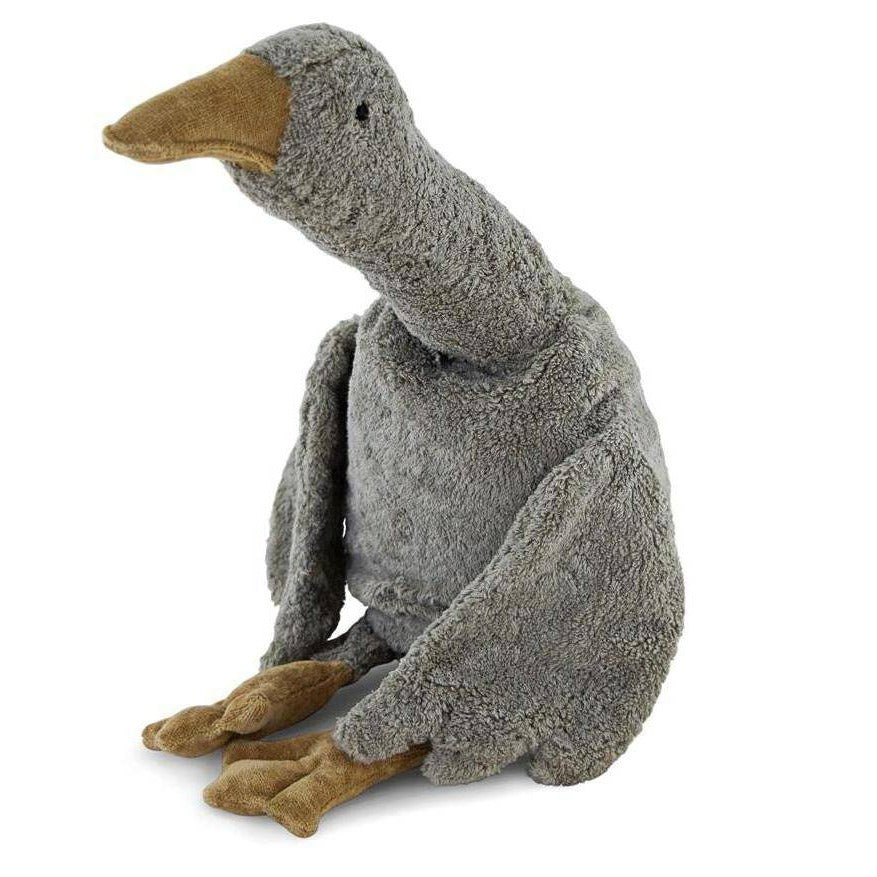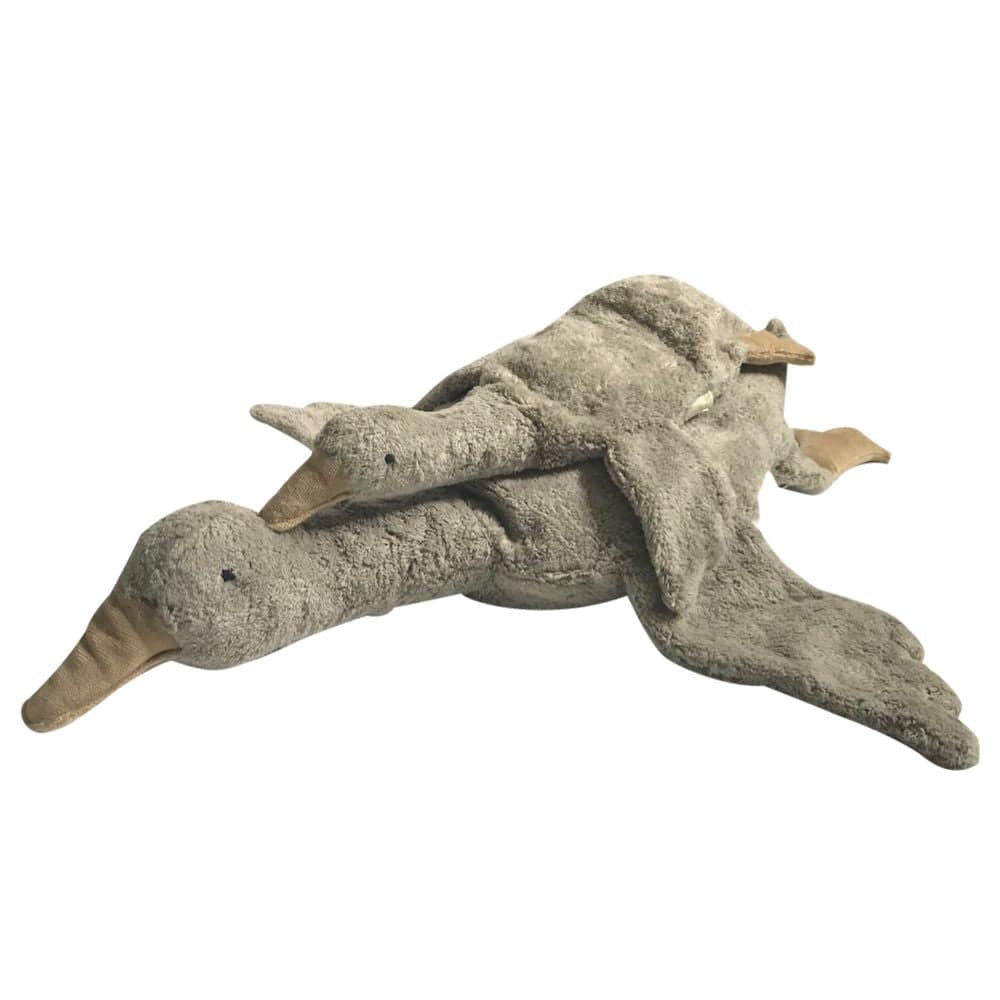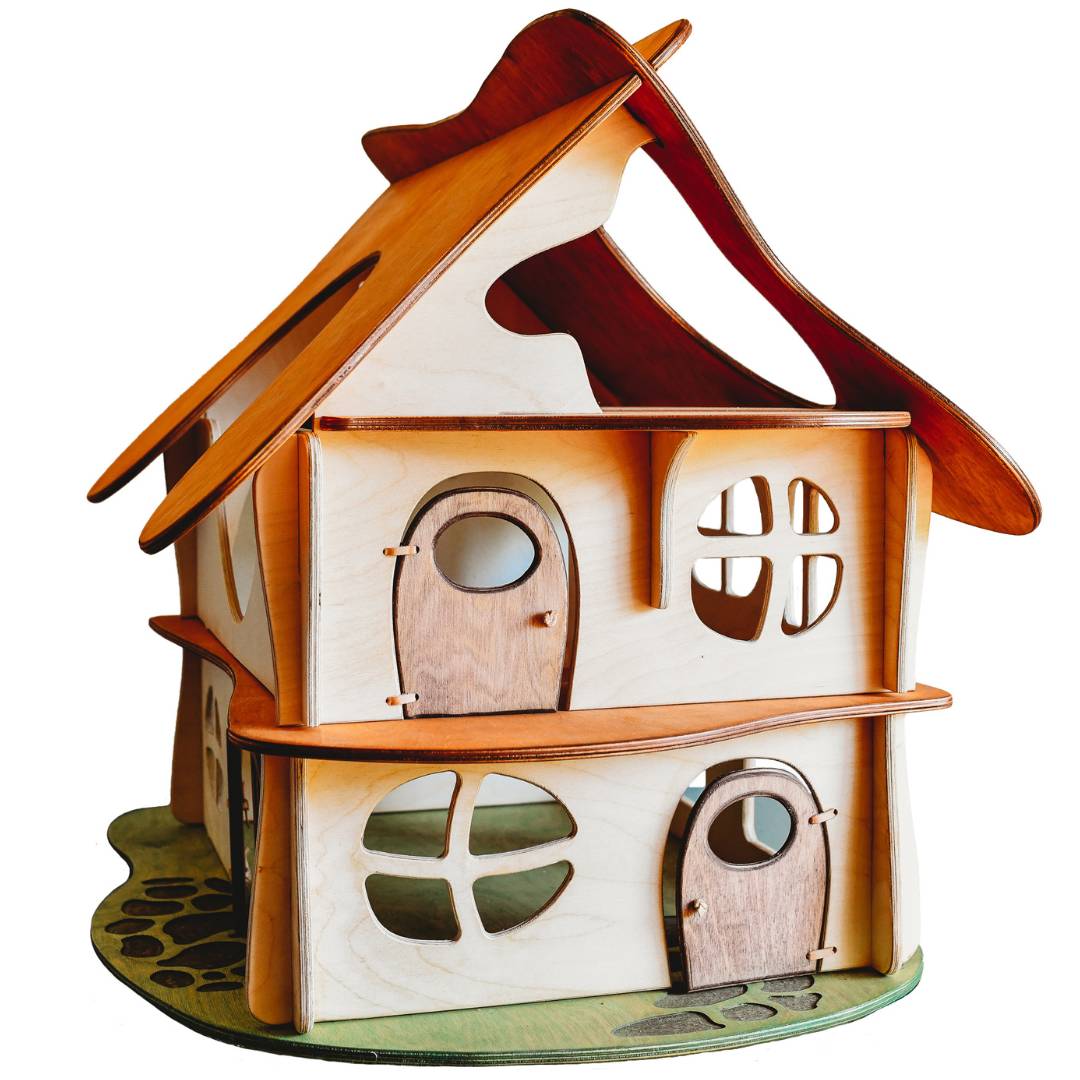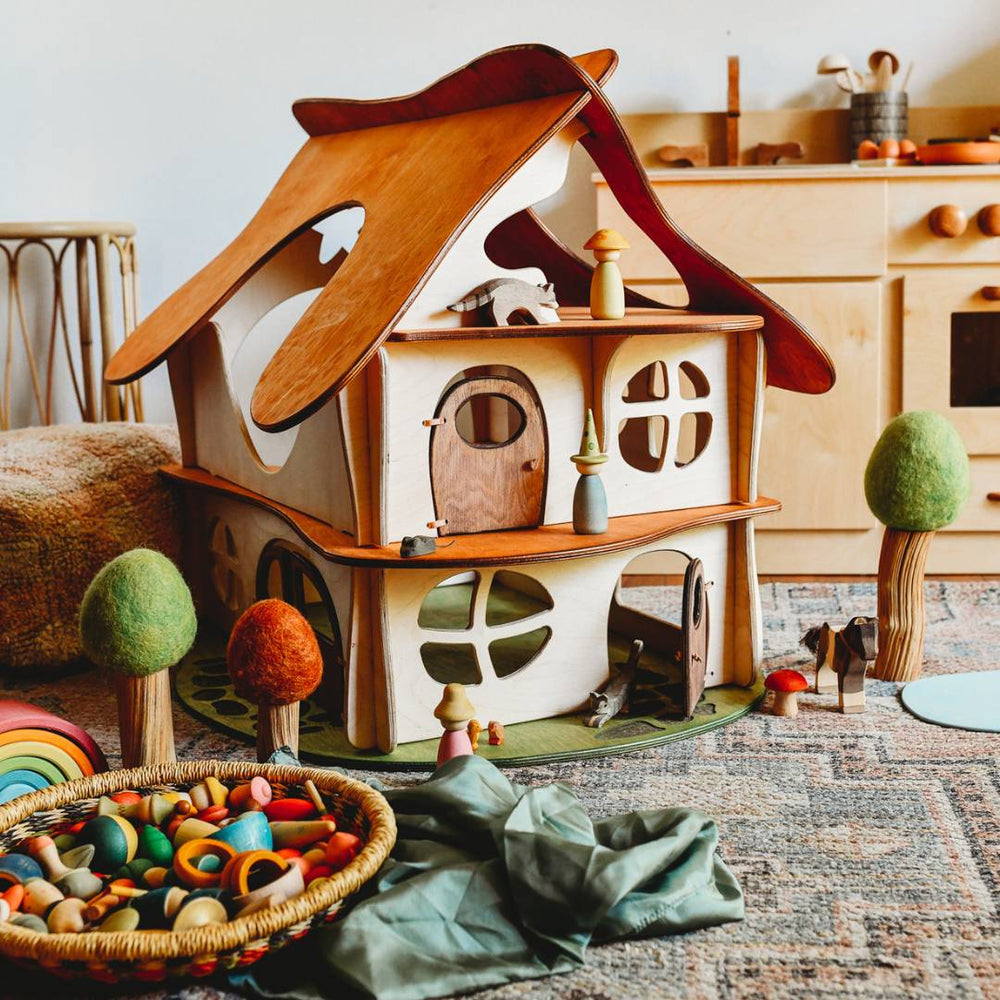Welcome to Week 1 of our Summer Book Club

We're so excited to start this summer’s book club series with this beautiful story about the traditions of hand weaving and the magic of the loom. Woven of the World, written by gifted storyteller Katy Howes, is lyrically told in perfect rhyme from the perspective of a young girl embarking on the craft of weaving. With vivid and evocative illustrations by Dinara Mirtalipova which are as bright as a tapestry, each page illuninates the ancient traditions of weaving around the world and how they connect us all.
As the main character painstakingly garners her skills, she cherishes her family’s weaving practice and the premise that each one of is “a tapestry: a unique, rich, and beautifully interwoven combination of traits and traditions, with a pattern that is still emerging.” After following the rhyming narrative, families can dive into the rich back matter which shares more details about the process of weaving and its history in the world. It is hard to walk away from reading this gorgeous story without absorbing the lovely weaving metaphor of how all of our lives are woven together with so many threads to create a radiant whole.
Day 1: Read and Discuss
For the initial day of the book club, gather together to share the story and slowly read it out loud to your children. Look carefully at the illustrations and notice the vibrant colors the artist chooses to bring the story to life.
After you’ve finished reading, discuss the different parts of the story and allow your children to share their favorite parts, ask questions and discuss any parts of the story that made a big impression. This time for thoughtful discussion lets the story sink in to resonate more deeply with your little ones.
We've put together a list of questions and discussion topics to prompt your conversations:
- Have you ever woven anything? The sounds clack, clack, swoosh might be different than how it sounded when you wove. If so, what does weaving sound like to you?
- Did you know that silk was created from silkworms? Can you imagine creating that many fibers from a cocoon of a silkworm?
- Look at the backmatter section of the book and find the Language of the Loom page. Were you familiar with any of these terms?
- If you could choose to make any of the types of weaving represented in this book, which one would you choose to create and why?

Day 2: Writing and Drawing Prompt
On the second day of our Summer Book Club, we revisit the story to retell it and then dig more deeply into the heart of the story through drawing and writing prompts. Children often love bringing stories to life through imaginative play or movement. This story has so much rhythm and rhyme that your children might want to create a weaving dance. Or a song based on some of the fun sounds like clack, clack, swish.
If your child enjoys drawing or writing, set up a cozy creative corner with plenty of crayons, pencils, and paper. Keep the book nearby as a springboard for storytelling and inspiration.
Writing Prompt
For this book, we created the following prompt to spark their writing adventures:
“The swish of the loom carries stories to my ears.” Look at some of the beautiful illustrations in this book. Can you create a story about something being woven based on any of the illustrations? Perhaps it is a story that takes place in Ancient Egypt or one set high in the mountains.
Day 3: Paired Craft
In Waldorf education’s artistic curriculum, handwork is essential. Handwork includes painting, knitting, weaving and many more practical and creative skills. Children will learn the in’s and out’s of weaving throughout their years at a Waldorf school, but weaving at home is just as fun and simple.

Materials Needed
- Easy Weave Loom
- Tapestry needle
- Buttons
- Scissors
Instructions
Step 1:
The Easy Weaver Loom is what's called a rigid heddle table loom. To create your textile you move the heddle up and down, which separates the yarn and creates a space called the shed. Slide the wooden shuttle, wrapped with your yarn, through this space. Pull the heddle forward to tighten your weave and reposition it, alternating between the top and bottom positions.

Step 2:
Once you've woven a large enough textile, at least 10 inches long, you can cut your work off the loom. Leave at least 1 inch of yarn on the ends. Use the tapestry needle to weave these loose ends, as well as any stray pieces on the sides, into your work to finish off the edges.

Step 3:
Experiment with how you want to fold your piece to create a bag. You can fold it in half for an open bag or leave a few inches to create a flap closure. Use the tapestry needle threaded with the yarn of your choice to blanket stitch along the sides of the bag. Tie the ends and weave them into the bag as you did in the previous steps.

Step 4:
Choose a button and sew it into the middle of the bag. Add a loop of yarn to the top flap, sewing it even with your button.

Step 5:
Use a chunky yarn to finger knit a long strap and attach on each side of your bag. Watch this Sunday with Sarah video to learn how to finger knit.

Step 6:
In addition to providing great fine motor practice, this project will fill children with a sense of pride and accomplishment. Their unique creations will make a lovely gift for a family member or friend and is perfect for taking along for nature walks to hold their found treasures.





























Leave a comment